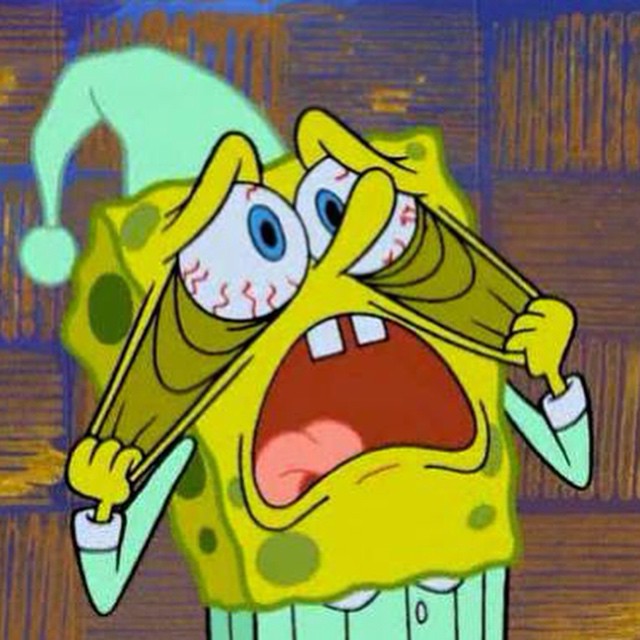
03 Oct Insomnia Awareness day
13th March is Insomnia Awareness day this year in its 4th year since being instituted by the American Academy of Sleep Medicine (AASM) to raise awareness and public knowledge of the common condition.
Transient insomnia is reported to occur in 30-50% of the population in any one year, and has been associated with 253 million days of lost work each year in the US.
What is Insomnia?
Difficult falling asleep (sleep initiation insomnia) or staying asleep (sleep maintenance insomnia), despite spending enough time in bed to get the sleep a person needs. Symptoms may include daytime fatigue, sleepiness, dissatisfied with sleep, depression, anxiety, and low motivation or energy.
Often (30-40%) other sleep disorders exist such as sleep apnoea of restless legs syndrome. Transient insomnia is also common which usually arises from life stresses due to work or financial trouble however once the problem is resolved, sleep and symptoms usually return to normal.
Chronic insomnia is less common (10% of the population) and can be a conditional response caused by previous stresses or trauma that may no longer be current although still affect the sufferer.
Treating insomnia
The primary treatment for insomnia is Cognitive Behaviour Therapy (CBTi) which is more effective long term then medication treatments which may also assist in the short term. CBTi involves a combination of behaviour modifications, (such as setting a routine bed time and getting out of bed when unable to sleep) as well as cognitive strategies (such as replacing unrealistic fears about sleeplessness with more helpful expectations, or simply counting sheep). Strategies should be tailored to each person’s needs, symptoms and causal stress. Additionally treating any underlying co-morbidities is important such as pain, depression and substance use, which may be contributing to insomnia.
If you or anyone you know are suffering from Insomnia, contact your GP for a referral to a Sleep Physician.
More information can be found at http://www.sleep.org.au/documents/item/355.

